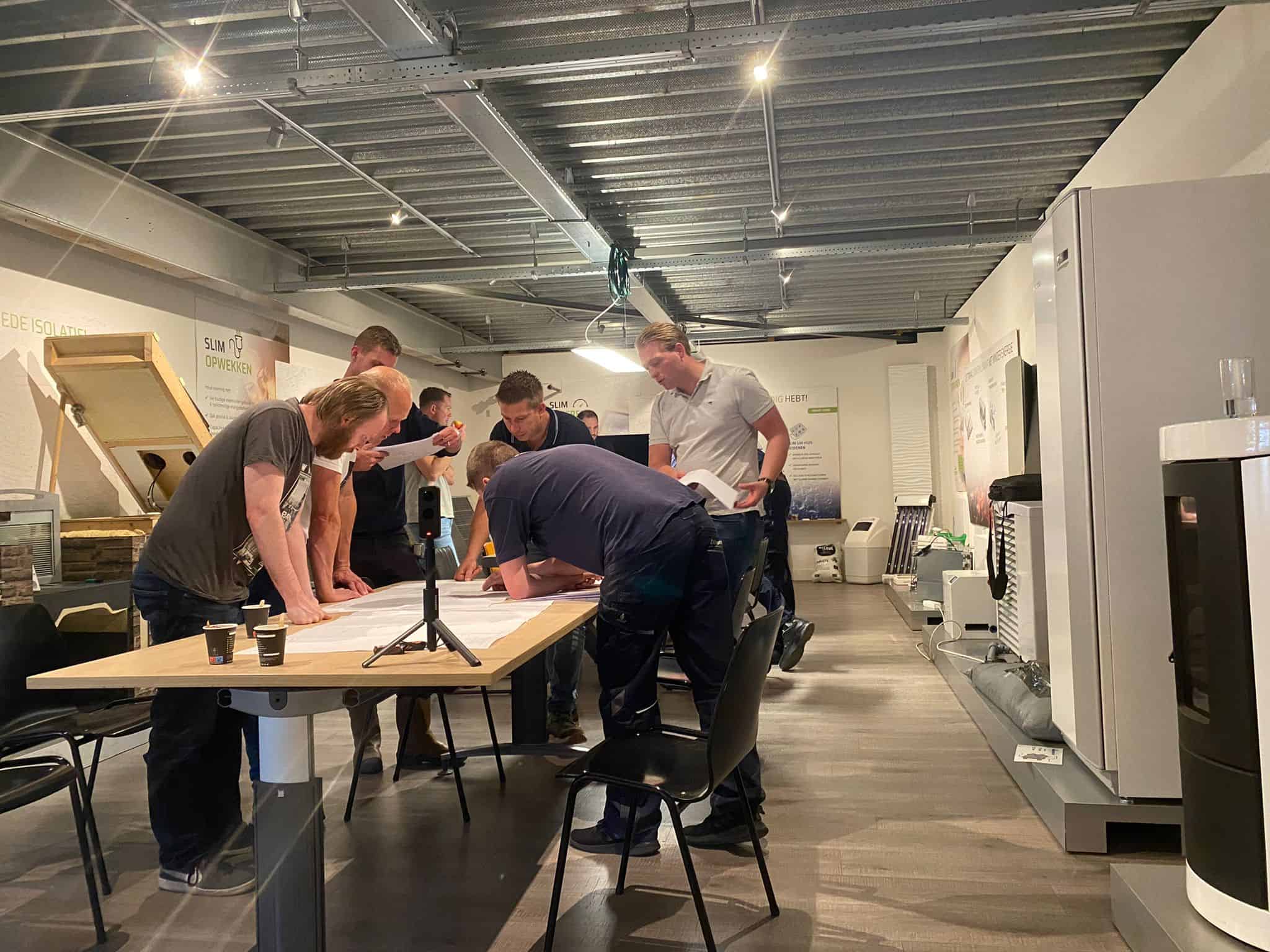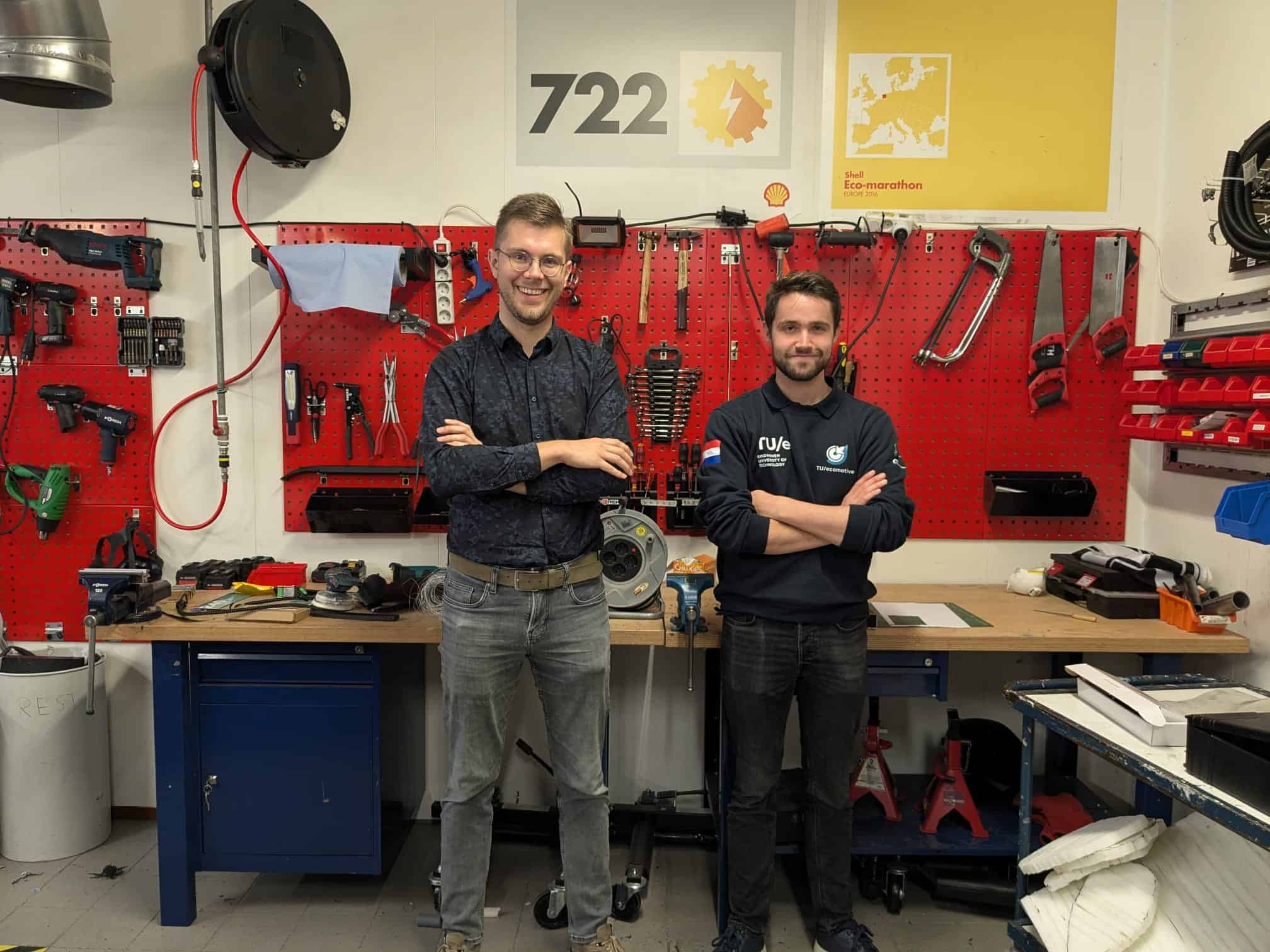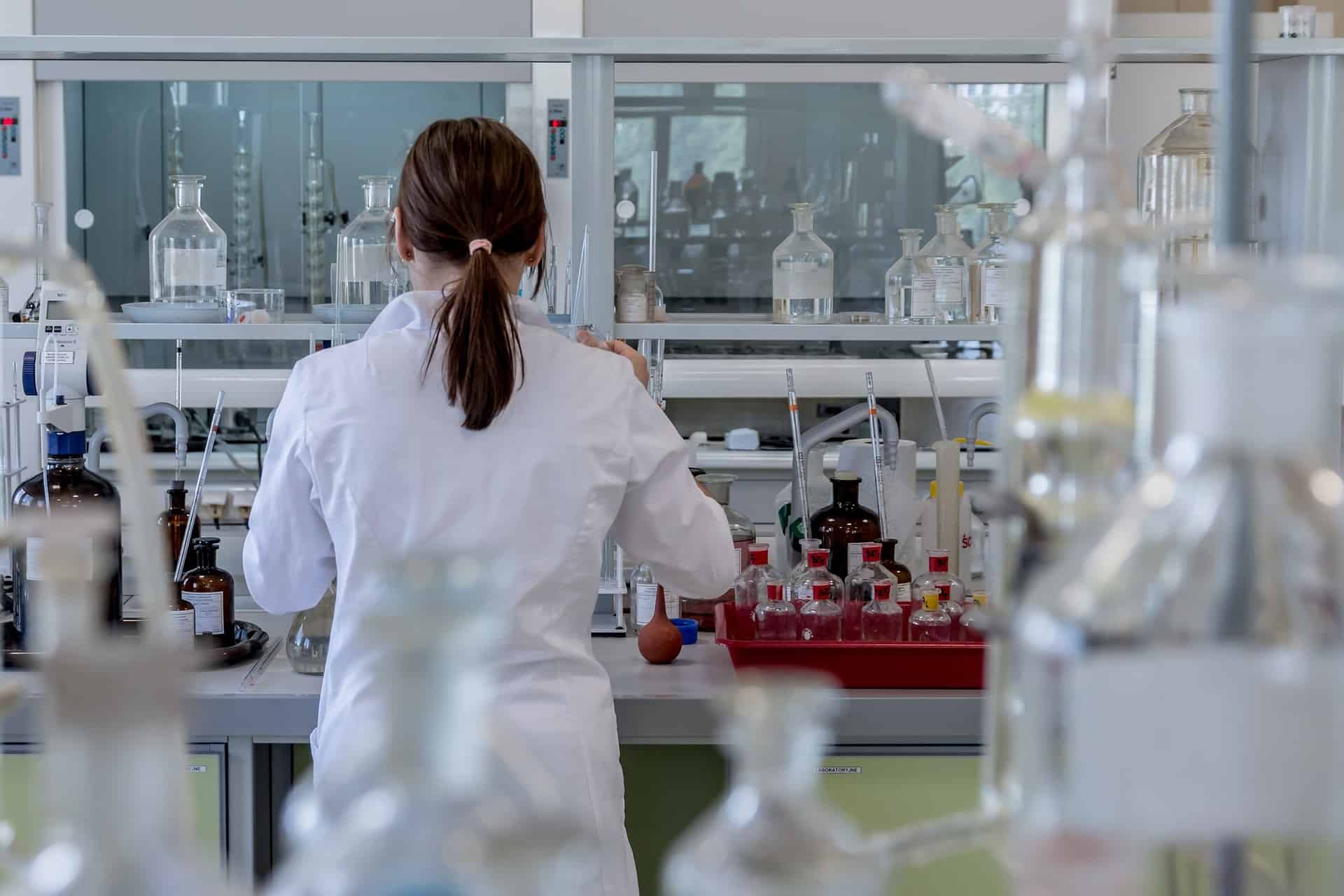
Current scientific education is mainly traditional and is offered per discipline. “We don’t know much, except that a lot is changing. This makes it difficult for universities to properly prepare students for the jobs of the future. The solution to problems that are currently occurring in society does not come from one discipline. There is a need for more and more intensive cooperation. So you have to make that your expertise. That it’s okay for things to change because you know how to deal with problems”, says Sabine Uijl.
Bringing disciplines together
Uijl is an education strategist at the knowledge alliance of three universities and an academic hospital (EWUU). Traditionally separate disciplines – technology (TU/e), life sciences (WUR), social sciences and humanities (UU) and health (UMC Utrecht) – are brought together within the alliance.
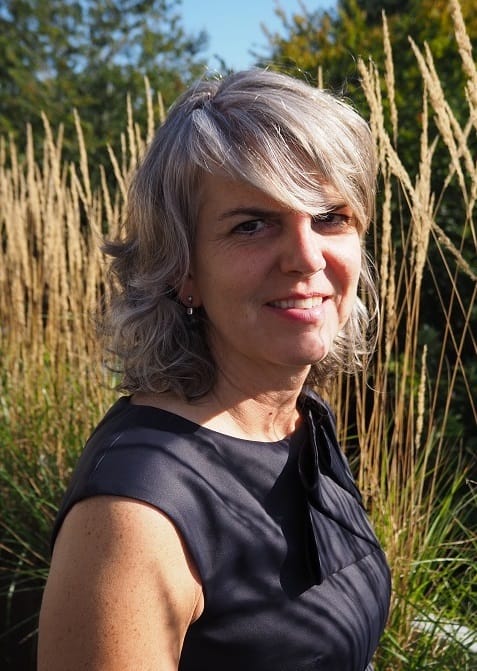
Complex issues
Consider the energy transition. The technical solutions, such as solar panels and wind turbines, have now been developed. But where do we place those wind turbines? The Netherlands is a densely populated, small country and not everyone wants such a gigantic device in their backyard. And perhaps other forms of energy, such as hydrogen, are much more efficient, but companies are not interested in that because they have already invested money in other forms of energy transition. Uijl: “All contemporary issues involve social, technological, economic and ethical aspects.”
The aim of the partnership between the universities is to offer education that is in line with the United Nations’ Sustainable Development Goals (SDGs). Taking urgent action to combat climate change and its consequences, for example. Or: ending poverty in any form, everywhere.

Inner development goals
“The question then is how to link these kinds of major, moral topics to education in a concrete way,” Uijl explains. “The basis of educational development consists of what we call the ‘constructive alignment triangle’: a learning objective, an activity and an assessment that are aligned with each other. In the context of transition education, which we are discussing here, this is a major challenge for teachers. To help teachers apply this in their teaching, the idea of the Toolbox for Transition Makers was born. The alliance and the UvA’s Institute for Interdisciplinary Studies (IIS) are working with lecturers to develop a toolbox from which lecturers can extract teaching material and find inspiration.”
To train students who can contribute to these challenges, the knowledge alliance takes the Inner Development Goals (IDGs) for the Toolbox for Transition Makers as a starting point. These goals have been drawn up on the basis of the SDGs. Based on scientific research, we looked at what is needed in leadership and personal development to realize the SDGs. Think of social and cognitive skills, but also taking care of each other and the world.
“The basis of educational development consists of what we call the ‘constructive alignment triangle’: a learning objective, an activity and an assessment that are aligned with each other. In the context of transition education, this is a major challenge for teachers.”
Sabine Uijl
Learning activities, lessons and test material
The toolbox is scheduled to be launched in July this year. It will be a place where lecturers can go for ready-made learning activities, lessons and test material, all aimed at shaping social transitions. Ultimately, the toolbox will become a meeting place for all teachers involved in transition education.
All lessons and activities are assessed. Only then does it really make sense for teachers to include lessons from the toolbox in the curriculum of a course, says Uijl. This assessment also forms the biggest challenge in the development of the toolbox. After all: how do you link a value judgment to the often abstract learning goals?
For example, one of the IDGs is that a student can relate to both themselves and others with “kindness, empathy, and compassion.” This has been processed in the toolbox into an activity in which students learn to listen and respond to their fellow students. “In this way, a safe environment is created to speak freely, resulting in productive interaction and a deeper connection between speaker and listener. The assessment is formed by a self-reflection based on questions such as: ‘I was able to keep focusing on what the other person said’, ‘I do not judge while listening’ or ‘I open up non-verbally to the other person so that sharing is encouraged.” Giving a value judgment, such as a grade, is not the right form for such a learning objective,” Uijl explains.
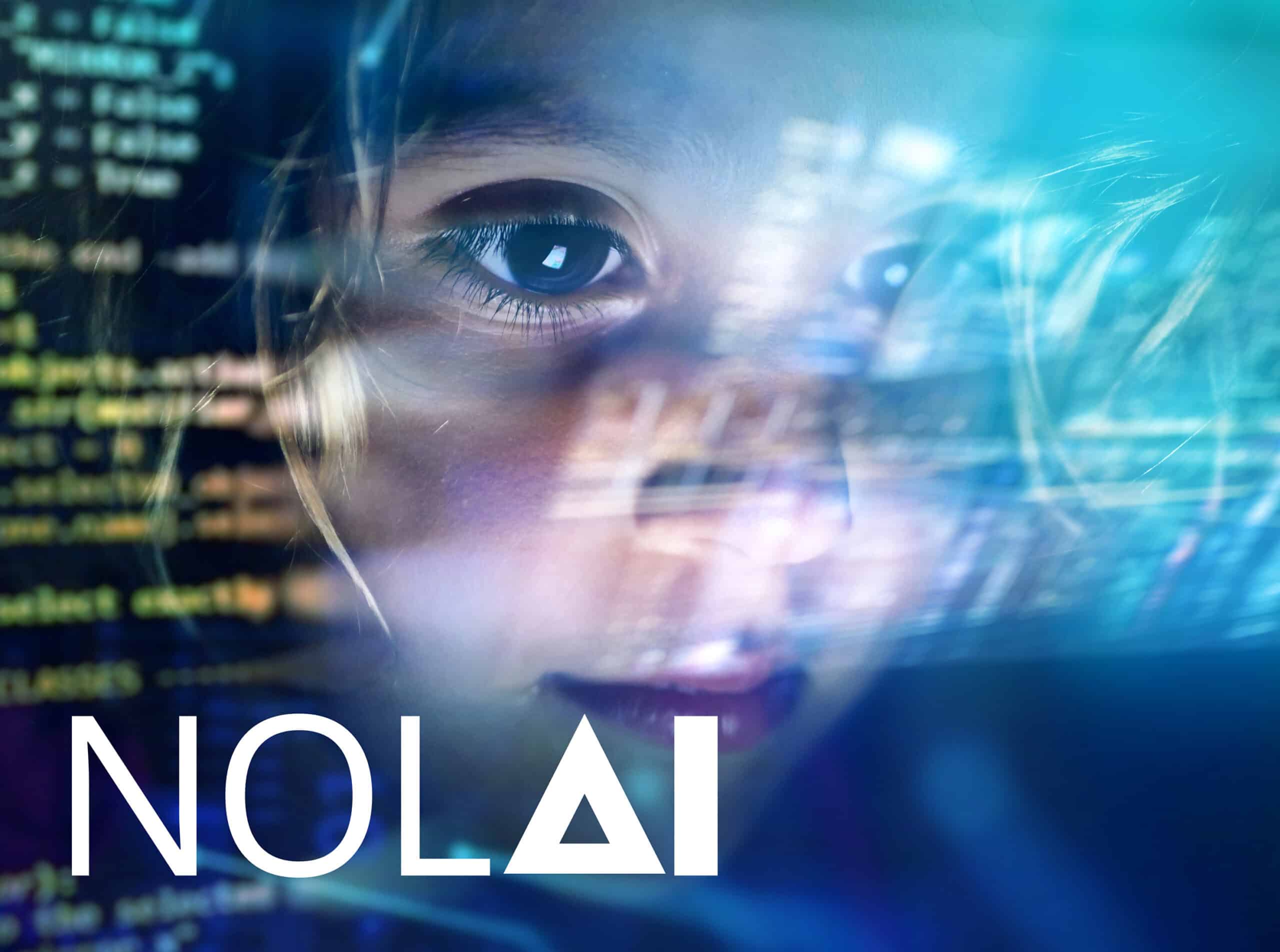
Co-creation with teachers
The toolbox is an initiative of Uijl and Ilja Boor of the UvA. They fill the online toolbox together with teachers. The third co-creation will take place in February with a group of thirty teachers. In April, teachers will be implementing each other’s tools. The website with more than thirty tools will go live in July. The toolbox is accessible to everyone.
The ultimate goal of the Toolbox for Transition Makers is to better prepare students for a rapidly changing, uncertain world. “That really is a task for the universities that we should take seriously. Every student should get the opportunity to take a course outside their own university at least once and be able to work together with students from other disciplines.”





